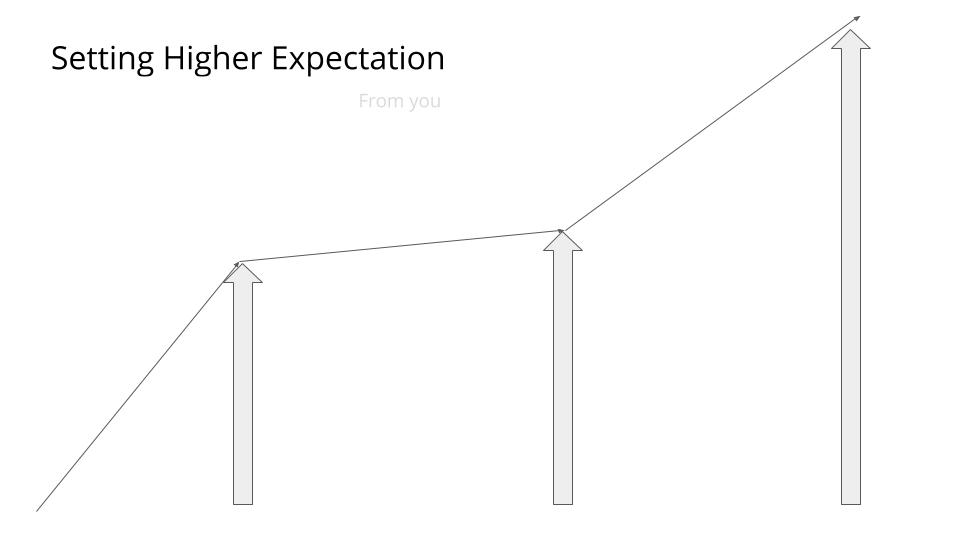Patrick Lencioni writes, “Bad meetings are not inevitable. There is nothing inherently boring or unproductive about meetings. They are the activity at the centre of every organization, and should, therefore, be both interesting and relevant in the lives of participants…” Paraphrased, they are what you make of them so why not make the most of them.
Do you find yourself wasting time in meetings? Are your meetings productive? Using a sports metaphor, do they help advance the ball down the field? Surveys of mid-level managers and leaders repeatedly report more than 50% of the meetings they participate in are a waste of time. There is no malintent here. Managers or leaders don’t want to waste time and money, and nobody wants to sit through another meeting that doesn’t add value.
So, how do we recognize the value of meetings and not waste time and money along the way?
5 Steps to meet with a purpose:
- Assess the cost of a meeting. We often over invite when creating meeting invitations. Being cognizant of the cost to the organization is helpful when assessing the attendee list and the value each attendee adds to the meeting. Harvard Business Review published a Meeting Cost tool to help assess the cost of a meeting.
- Don’t over invite. Think critically about those who need to attend. Limit the list to individuals who need to present information or take away information and action items. Courtesy invitations or invites to serve a political purpose are often a waste of time and money.
- Limit the time you allow for the meeting. Managers will often default the meeting to 30 or 60 minutes because those are default settings in their calendar. This will result in the confirmation of Parkinson’s law, an adage that “work expands to fill the time available for its ” A meeting scheduled for 60 minutes will inevitable take 60 minutes even though there were only 20 minutes of substantive content
- Publish the agenda ahead of the meeting and assign prep work. Giving the team something to think about ahead of time will focus their input and guide the discussion.
- Start and stop on time. Our schedules are packed, and we need to make the most out of the day. One meeting that fails to start on time is disrespectful to those who worked hard to make it to the meeting and meeting that fails to end on time cuts into the attendee’s ability to make it to the next meeting or get back to work.
BONUS STEP (I know Gen Y and Z readers are going to hate me for this part)
Ban technology from your meetings. The only person permitted to use technology of any kind should be the one presenting. For all of those tapping away on their tablet, laptop, cell phone, know that your professional stock is dropping with every tap. The studies are clear, and the idea that you are “multi-tasking” confirms the point. Multi-tasking is an unproductive folly that many of us try and wear as a badge. Unfortunately, it disengages us from the meeting, and our valuable contributions might go unspoken.
To validate this theory, I scheduled a three-day strategy meeting with resources being flown in from around the world. The meeting was high-cost, and I needed the value to exceed those costs. I noticed several of our most knowledgeable team members disengaged in previous meetings as they “took notes” on their laptop. I suspected they had more to contribute and I needed to remove the barrier. I sent two emails in preparation for the meeting. The first was a detailed agenda. The second email contained two articles on the effects of multi-tasking and the rules for the meeting. Specifically, no technology was allowed during our discussion times. I ordered everyone a personal journal for note taking and handed them out on the first day.
The initial response was shock and awe, but the results were amazing. It might have been the best three-day strategy session I have seen in many years. The engagement was up, and the result was a better product, a better process, and better clarity.
Technology is not the problem. It is merely the opportunity for distraction. Removing this potential distraction adds value to your meetings.




